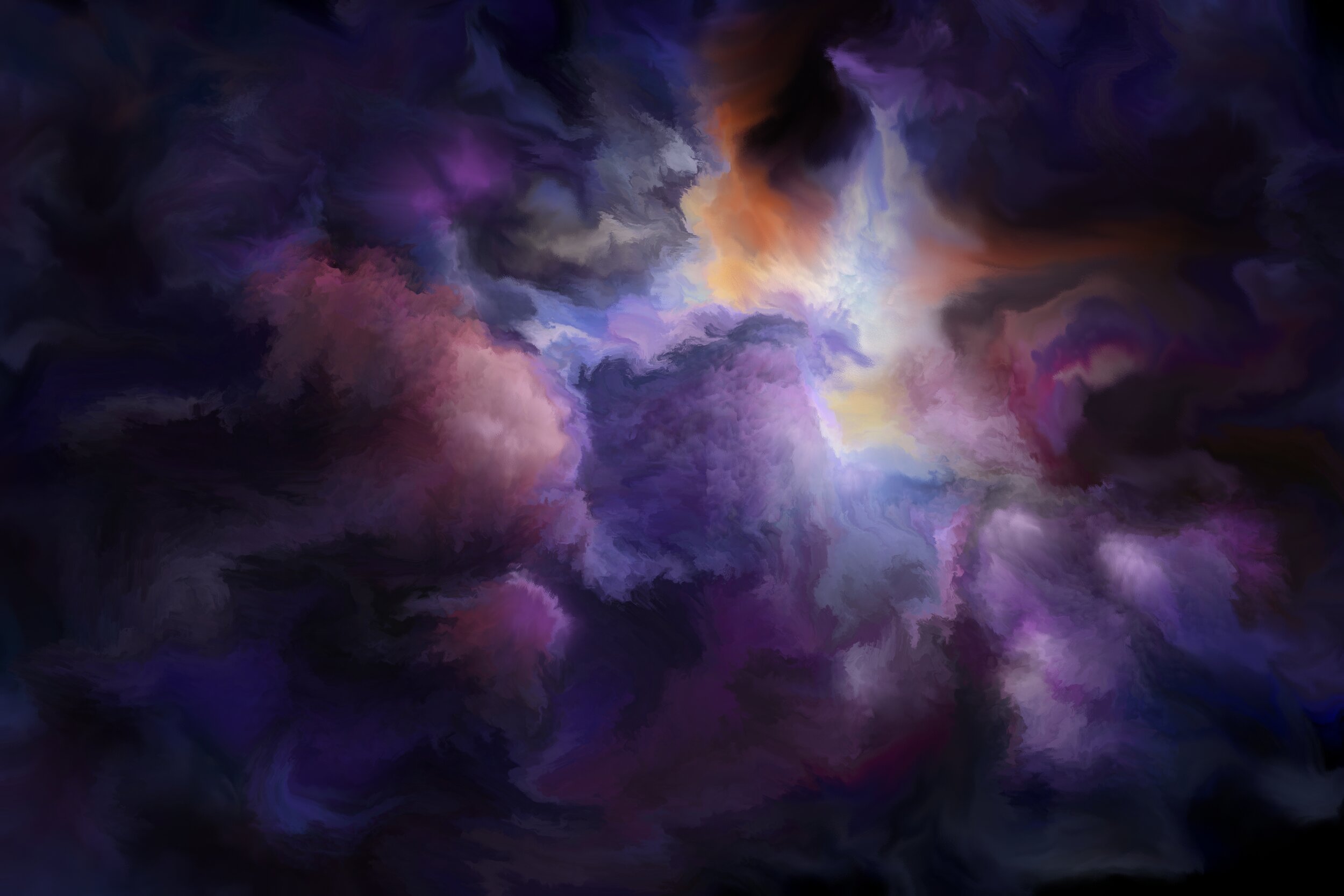
Perhaps nothing in the universe is as miraculous as the creation of human life. From the moment of conception, each baby is a unique human being - never to be repeated in all of human history.

Niels Bohr, physicist and a pioneer in the field of quantum mechanics, said, “Everything we call real is made of things that cannot be regarded as real.”
In this exploration, we share recent scientific discoveries that seem counter-intuitive, even for theoretical physicists. What scientists are discovering is the quantum enigma is not only the fabric of reality, it is the gateway to radically new insights on realities that rival the most bizarre science fiction.
Join this mind-bending journey of entangled states, the dimensions of space, time and spaciously coiled dimensions, and so much more.
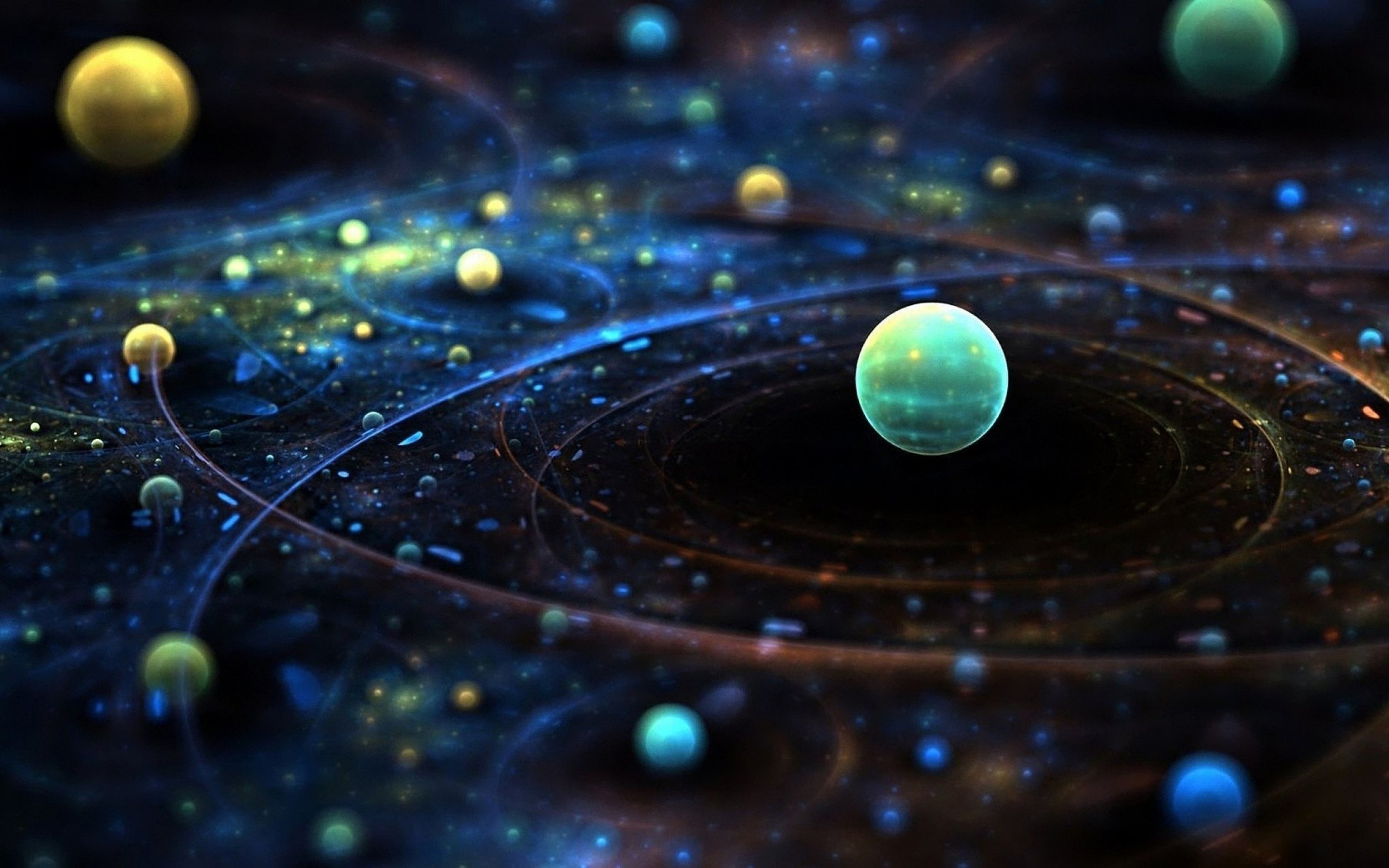
Explore then mind boggling wonders of ancient civilizations. As archaeologists and anthropologists continue to peel back the layers of the earth and discover breadcrumbs that push back the human timeline further in time, we’re beginning to learn there's more to human history than we ever imagined.
The ever changing story of our species' expansion across the globe challenges every known theory across almost every discipline as to the nature and origin of modern man. The one thing we do know is we don't know much. Yet. What we do know is we have been on this earth much longer than your high school text books told you.
Take a brief tumble down a rabbit hole of human history and peer off the edge of the abyss of the unknown.

The human brain is the most complex object in the known universe. That relatively small, 3 lb lump of soft tissue has as many neurons as there are stars in the Milky Way Galaxy.
Your brain isn’t simply the command center of your body, your brain is the center of your existence. Your intelligence, consciousness, and intuition live inside your brain.
According to Discover Magazine, “Scientists have yet to understand how memories are stored and retrieved. What's more, neuroscientists cannot pin intelligence to a single mechanism or single neural area. Whatever intelligence is, it lies at the heart of what is special about Homo Sapiens. While other species are hardwired to solve particular problems, human's ability to abstract allows us to solve an open-ended series of problems.
We do not, as yet, understand how we have the capacity to imagine outcomes or make predictions. We know little about how the brain's "future simulator" works because traditional neuroscience technologies are best suited for correlating brain activity with explicit behaviors, not mental emulations.”
Explore what we know, or think we know, about the most complex organ in the known universe.
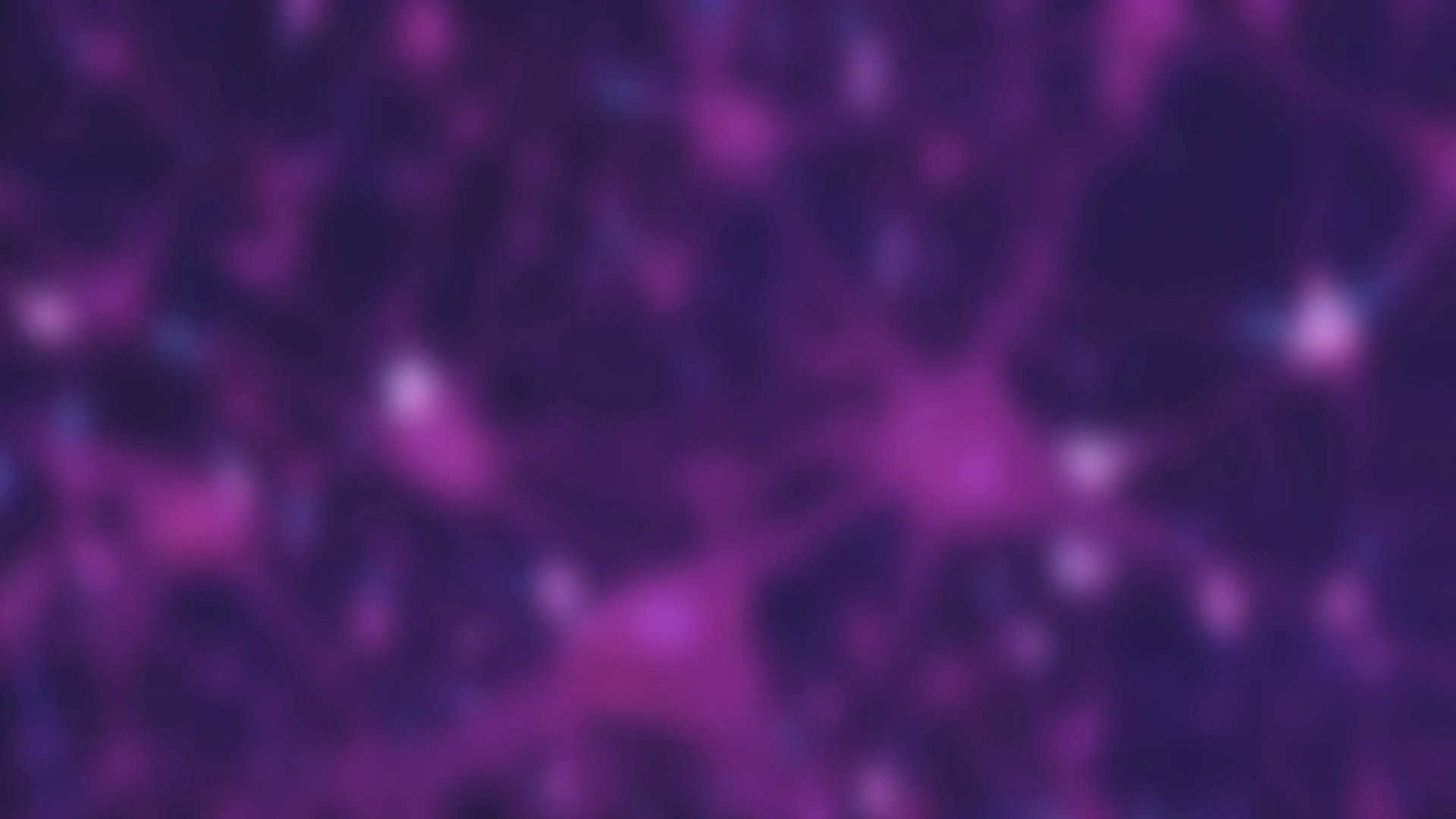
Dreams elude explanation. Why we dream and the precise function it serves has been one of the enduring mysteries of sleep sciences. Come explore the fascinating world of dreams and the mysteries that keep scientists in the dark.
Tumbledown the rabbit hole of one of the fascinating, evasive, and most mysterious places in the universe: your dreams.

The nature of consciousness is as fascinating as it is enigmatic. What is the mind and how is it separate from consciousness? We experience consciousness, in a sense we are conscious, yet in another sense, consciousness does not exist in any quantifiable, tangible way.
The view that there is mind or self above and beyond the brain (a viewpoint which cannot be proven, or disproven, scientifically, but which can be argued philosophically), is called dualism.
Dualism is often scorned by scientists because it cannot be demonstrated by science (neither can it be refuted), and is thus to some degree an article of faith. But equally, the belief that dualism isn’t true is also an article of faith.
Dive deep with us as we explore what we think we know, so far.

Earth’s geological record shows evidence of at least 5 extinction-level events, each virtually obliterating, then giving rise to new life and totally transforming the world into something new. Some extinction events were triggered by asteroid impacts, others by spontaneous global volcanic activity. Whatever the cause, this planet has a way of erasing life, time and again.
Most recently, almost 65 million years ago, an extinction-level event occurred and an estimated 76% of life on earth became extinct. It’s fascinating to think that millions of unique lifeforms have come and gone without any fossil evidence to show those species ever existed in the first place. Because the conditions required to fossilize organic life are as delicate as they are rare, we will never know the true history of life on this planet.
Let’s look at what we think we know … for now.
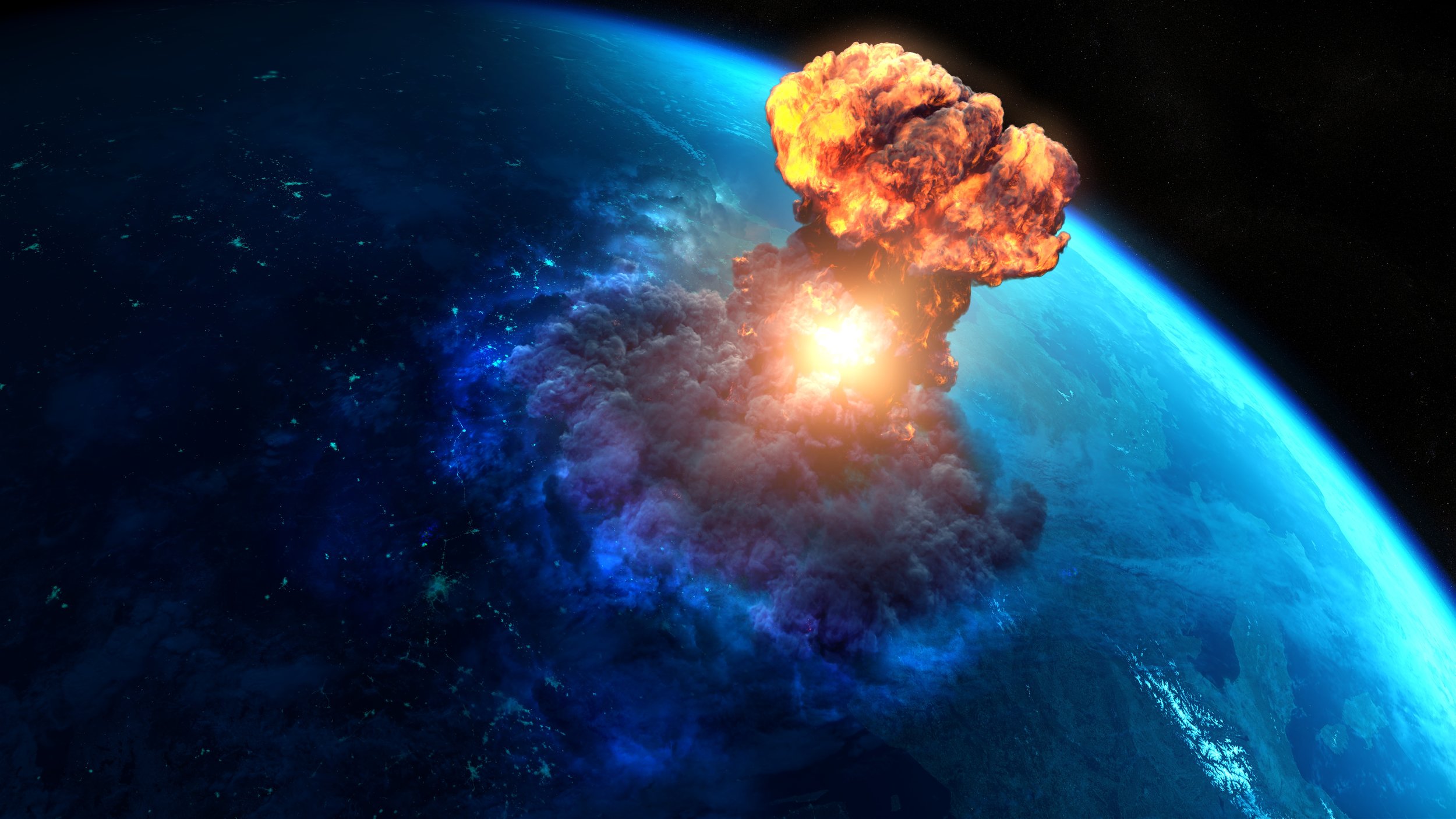
The observable universe is not only larger than we imagine, it’s larger than we can imagine. Current estimates have the diameter of the observable universe at about 92 billion light-years.
Enjoy this epic, new journey into space and time and marvel over the wonders of the universe with newer, deeper eyes.
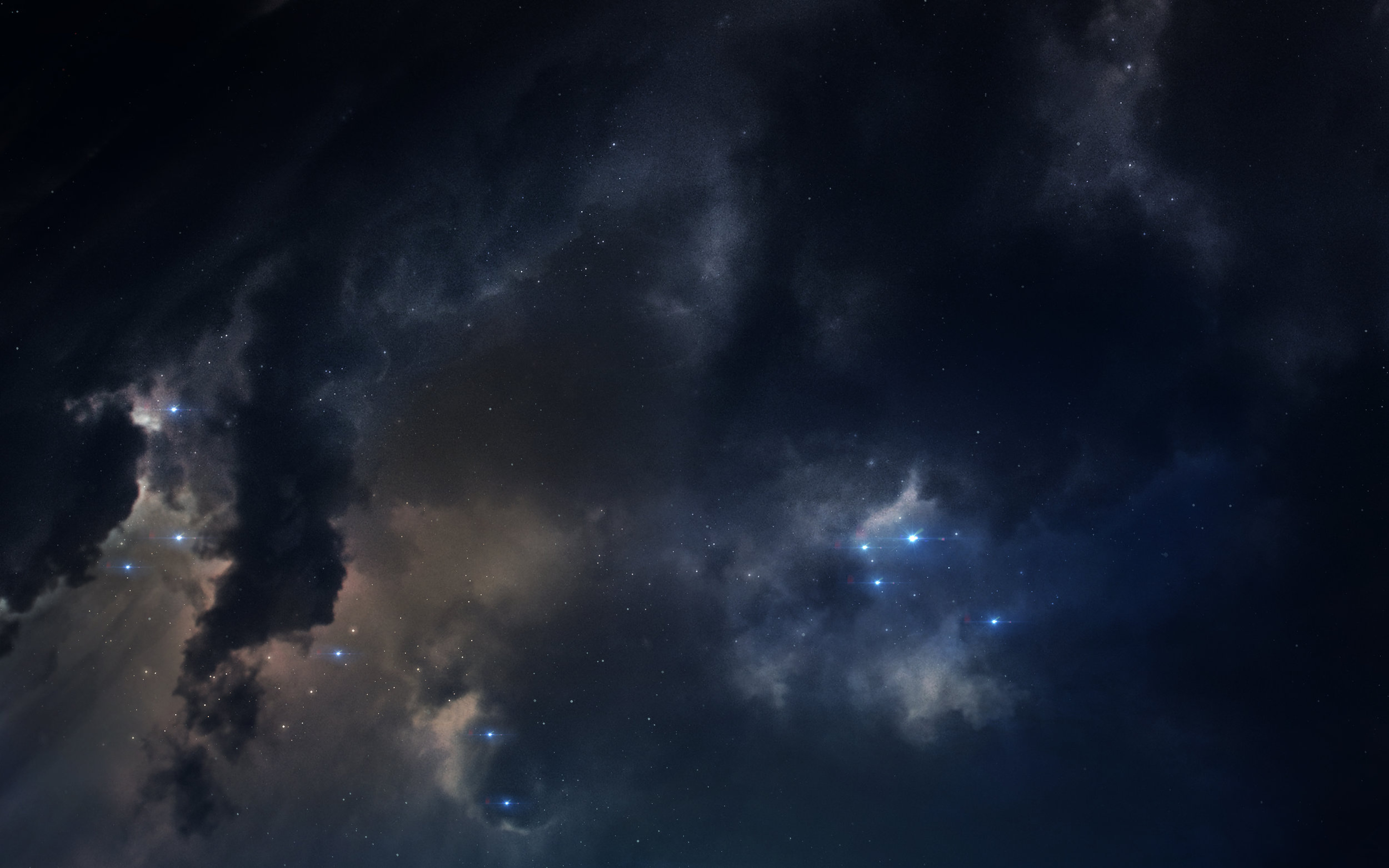
The age-old question, "Are we alone in the universe?" continues to this day. With at least 1 billion trillion stars like our own sun scattered across a seemingly infinite universe, the question of life on other planets is not only plausible but certainly probable. To think we’re the only intelligent life in the universe is akin to our ancestors who once believed the earth was flat or that the sun revolved around the earth - that humans were the center of everything.
Some scientists estimate there are 10 trillion galaxies in the observable universe. If that holds, there's likely 1,000,000,000,000,000,000,000,000 stars and 19,000,000,000,000,000,000,000 stars like our sun.
Extrapolations at this scale can be mind-boggling, but the net-net is scientists estimate there are likely billions of solar systems that are structurally like ours. What’s more, organic life on earth is made of the most common elements in the universe.
Is there life on other planets? Most certainly, yes. As Neil Degrasse Tyson said of life in the universe, “to think otherwise is inexcusably egocentric.”
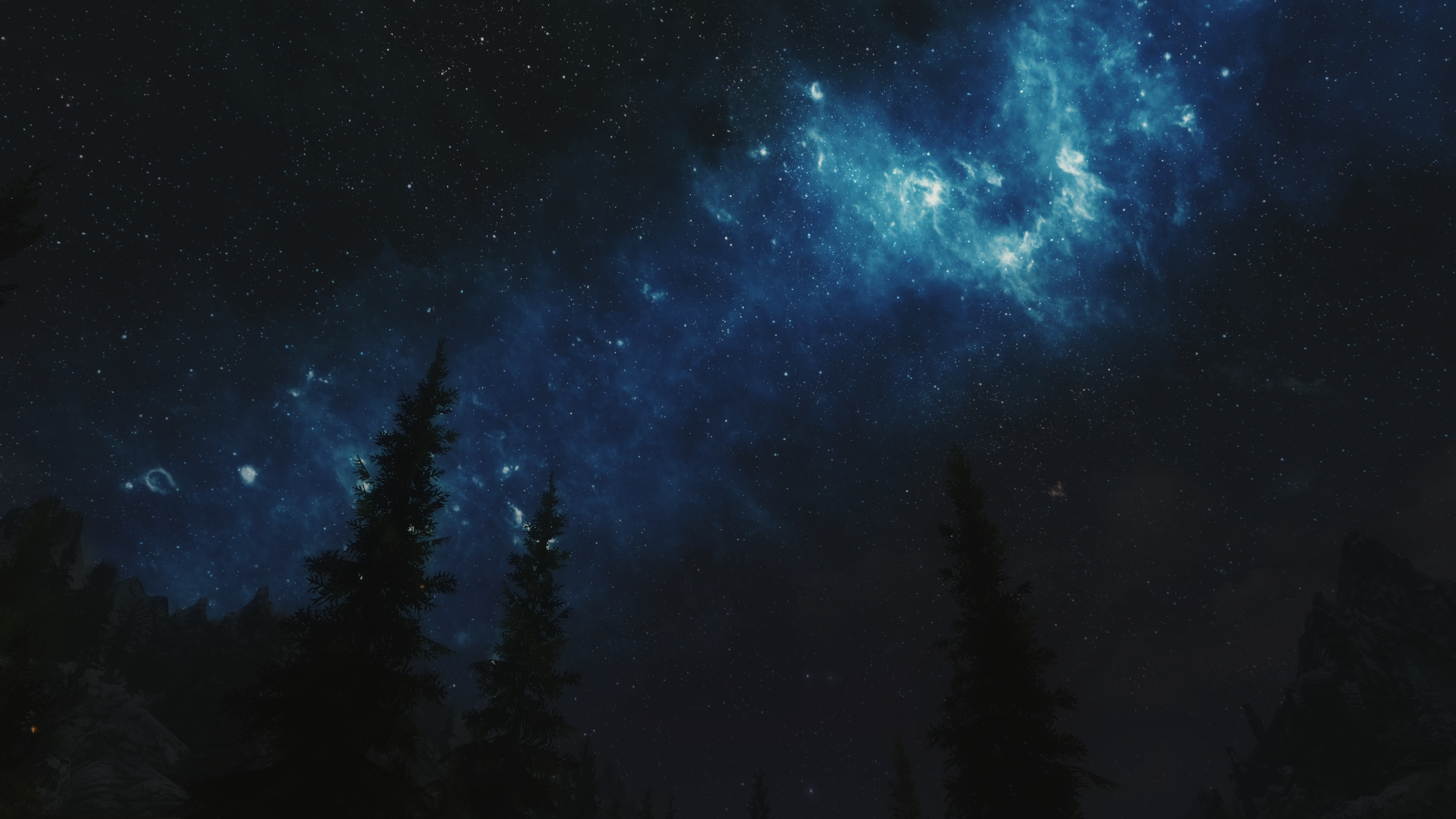
Albert Einstein observed, “It is entirely possible that behind the perception of our senses, worlds are hidden of which we are unaware.”
Explore recent mind-bending discoveries and emerging theories that challenge everything we think we know about what is real and what is not.
